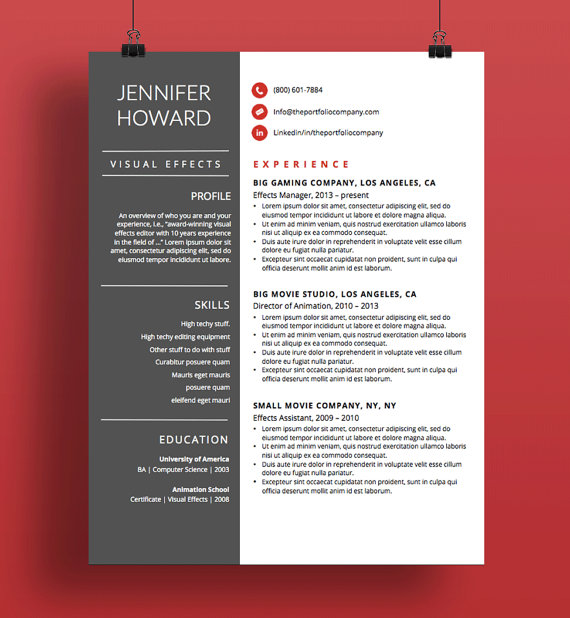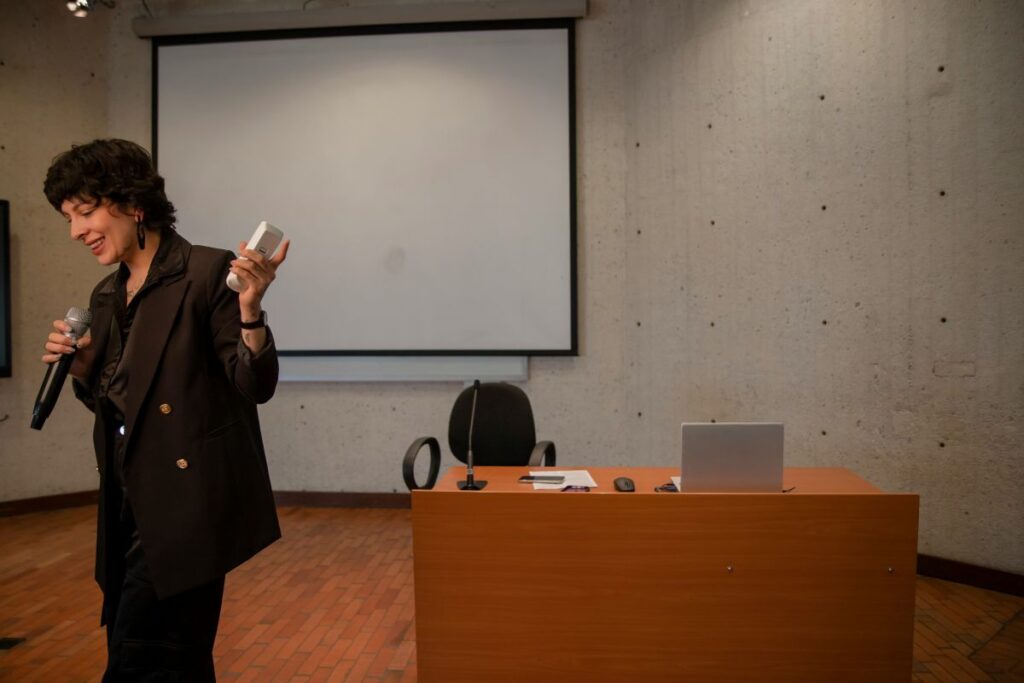The 3 Best Tweaks to Make Your Resume Stand Out
When I was working on my Executive MBA in Paris, one of the best investments that the university made for us was professional development. It helped us showcase in the real world, all the new skills that we were acquiring in the non-real world (AKA the classroom).
This assistance came in the form of webinars, small group sessions, and one-to-one executive coaching. Since my favorite aisle in the bookstore is “Self-Help,” you can bet that I used every bit of it.
While I was all, “Let’s do this. Make me better!” I got the sense that some of my colleagues were skeptical. Afterall, this was not a typical MBA experience with a class of 20-somethings. We were 60 experienced professionals from 35 countries with an average age of 42. But for me, this extracurricular work created tremendous outcomes. After all, all those case studies, late nights prepping presentations, and capstones would mean nothing if we couldn’t articulate our work to help us stand out in the crowd.
If you’re thinking about an internal or external job change, or you realize that it’s just plain smart to be prepared for one, updating your CV/resume is the most time consuming but effective place to start. Your in-depth self-analysis will help you have better self-promoting conversations (hello review time) and feed any other places where you need to showcase yourself, like your LinkedIn profile.
If nothing else, I betcha that this task has been on your bored list for months, if not years.

When clients and friends ask me for help here, I always kickstart them with these three steps. The first two are from professional development coach Eileen Lee LaVergne. They are are a lot of work but high-impact. The third is my own flourish, and it makes a world of difference.
Last week, I mentioned that when I did my own Linkedin and CV overhauls, I wasn’t looking for something new; however, after my shiny new profile was complete, the opportunities came. I got two offers, both of which were precisely aligned with the way I’d marketed myself. Then, once I got my foot in the door via LinkedIn, my slick new resume became a talking point throughout my interviews*.
Here are the three things that you should do:
1. Tell your story by thinking of yourself as a character.
The “Three Act Structure” is a useful model that will help you embed a story (starring you) in the mind of the reader. As the star, you’re also the hero.
Like all good stories, yours should be eloquent. So eliminate all those gross, overused words. Add these, instead.
The details of your story (AKA accomplishments) should provide supporting evidence for your the with which you want the reader to walk away.
Remember from last week: “______ is a person who ______.”
2. Know Your C.A.R.s.
I drive people crazy with this. The biggest mistake I see is that one’s accomplishments – or supporting evidence of the narrative – are not precise enough. (It jumps out at me only because I spent years making the same mistake).
Thankfully, Eileen drilled the C.A.R. argument into me and my classmates, as the critical component of a compelling story.
What exactly is a C.A.R., you ask?
Context
Action
Result
Each point should be constructed with these three elements:
- Context: what was the situation (geography, team, or task, as a few examples)?
- Action: how did you resolve or evolve the situation?
- Result: what was the quantifiable outcome?
Quantifying the result is where people get lazy. They’ll say, “It’s impossible…” or “I don’t have the information…” or “Numbers aren’t my thing.” However, I implore you to push yourself here because this is precisely where you have the best chance of edging out the competition. A story with articulate information and numbers is much more compelling than one without.
Here’s an example from a Career Contessa Mentee:
Original accomplishment:
Qualified and processed all individual and bulk project forms for [acronym].
Revised accomplishment, applying C.A.R.:
Vetted and processed 25 applications per week for our energy savings program, which resulted in 600 households decreasing their electricity usage and saving $300K over one year.
Isn’t #2 so much more compelling? Aside from the fact that it removes pesky, uninteresting acronyms, her story now has context, color, and applicability to her next job (which she now has, BTW – just sayin’).
3. Make it pretty.
After weeks of tedious work on my resume’s content, I figured that it deserved to look nice. Especially in a conservative industry <cough, financial services> this can be the final flourish to ensure that your piece of paper stands out in a pile.
Initially, I was nervous about being out-of-the-box. However, I received many compliments on it throughout recruitment and interviews.
This Etsy shop has professional and cool, easy-to-use templates for us Microsoft Office Worshipers. I know that this step sounds light, but you’ve already put so much hard work in, why wouldn’t you go the extra mile to ensure that people actually see your work?
Like I often say: this is simple but not easy. After all, things that help you stand out from the pack are by definition hard work and time consuming (which is exactly why others aren’t doing them). For the mentee I mentioned, it took weeks of writing, feedback, and revisions. For me personally, it too took weeks to finalize my content, then a full working Saturday to re-format.
Even though I own a company now, I still view this process as an invaluable time investment. Putting together my cohesive narrative, dismantling and re-mantling the evidence, and presenting the final product with a bow, are all part of my personal brand.
*One day, I’ll disclose how I gracefully escaped these new jobs that were unaligned with my end game. But that is for another day 🙂


